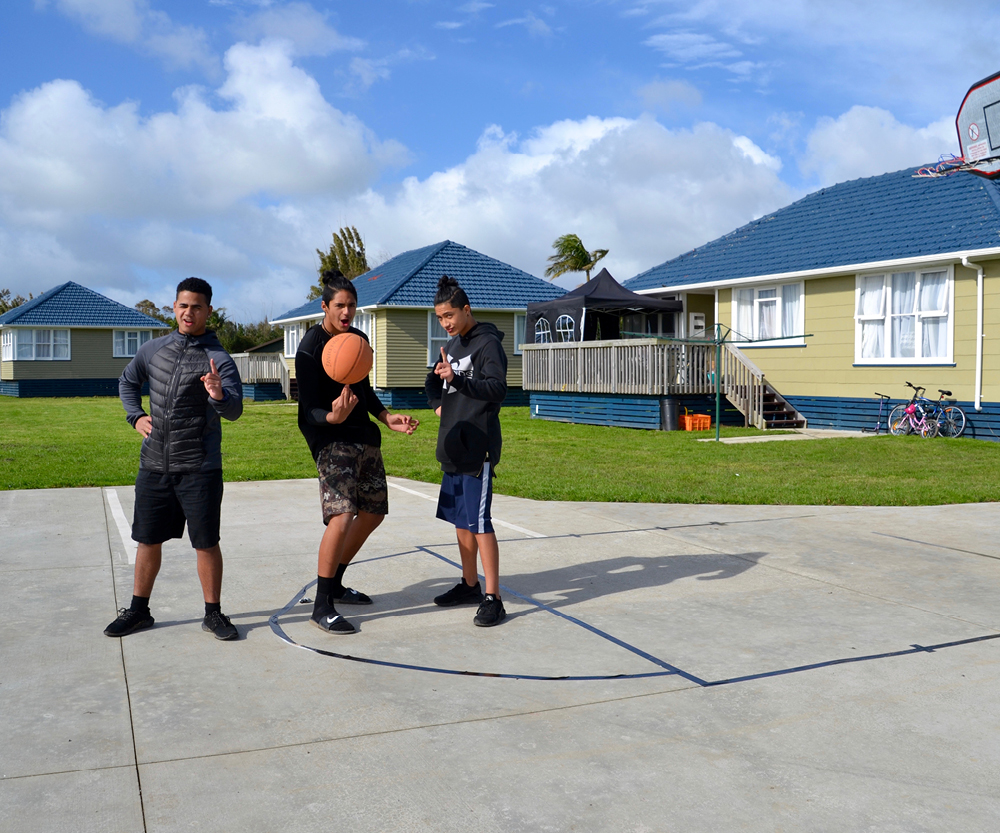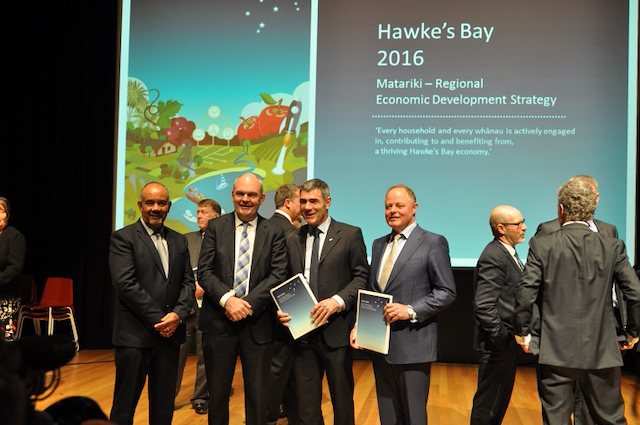In this edition, Hon Te Ururoa Flavell shares some insight on the strength of whānau being central to Whānau Ora. He also recalls recent regional visits to Manawatu, Hawke's Bay, Te Tai Tokerau and Rotorua.
Published: Thursday, 1 September 2016 | Rāpare, 01 Mahuru, 2016

Kei ngā ihuoneone, kei ngā taituarā o te ao Māori, tēnei ka mihi.
Two Whānau Ora Commissioning Agencies, Te Pou Matakana and Te Pūtahitanga o Te Waipounamu, held symposiums recently. The theme for Te Pou Matakana was ‘measuring what matters’. Te Pūtahitanga o Te Waipounamu focused on the ‘strength of whānau’.
The strength of whānau is central to Whānau Ora. Whānau Ora aims to address the issue of unfulfilled whānau potential by empowering them to identify their strengths and build their capability to achieve their goals. This journey for some whānau, given the divide that exists between where they are now and where they aspire to be, will require many steps and may take a long time.
The long-term change that will be required for many whānau to achieve their aspirations is recognised in the Whānau Ora Outcomes Framework. This was agreed by Iwi and the Crown to guide efforts to improve whānau well-being. It helps inform a broad range of activities across many ministries and government departments. The goal is to achieve measurable improvements in whānau quality of life over the next five years, while we work to empower whānau into the future.
Recently I also had the opportunity to speak at the Pasifika Medical Association 20th Anniversary Conference in Auckland. The conference provided a strong platform for sharing ideas and discussing key Pacific issues. In order to improve health outcomes, the health sector must understand the value of a collective approach to wellbeing; an approach grounded in Whānau Ora.
The Pasifika Medical Association has invested in the Pacific Whānau Ora Commissioning Agency – Pasifika Futures. I am pleased with the progress Pasifika Futures has made and the results being delivered to over 5,300 families to achieve their aspirations in health, housing, education, training and economic development.
Further information about each of the Commissioning Agencies’ activities is available on their websites:
Te Pūtahitanga o Te Waipounamu

Rangatahi get to enjoy the play area as part of the Kōhuhu papakāinga.

Matariki – Hawke’s Bay Regional Economic Development Strategy and Action Plan 2016 launch in Napier. (L-R): Ministers Te Ururoa Flavell, Steven Joyce, Nathan Guy and Craig Foss. Photo credit: Clinton Llewellyn AAHB.
Over the last few months I’ve been conducting regional visits in the Whanganui, Hawkes Bay and Rotorua regions as part of the Regional Growth Studies and wider He kai kei aku ringa strategy. These visits have focussed on the bigger scale regional projects that are aimed at growing regional economies. Collaboration across private, public and charitable organisations is a huge feature of these projects – for instance the Manawatū-Whanganui Economic Action Plan includes funding from the Whenua Māori Fund to support two large groups of landowners to investigate how they can best use their land. The region will also benefit from a cross-regional investment through the Iwi Chairs Forum to address land-locked property issues. There is also a huge interest in mānuka honey in this region so no doubt recent learnings from the National Mānuka Conference in Rotorua will help inform local businesses on best practice strategies and approaches for this growing industry.
Over the next few months I will be completing the last of my regional visits for He kai kei aku ringa Hamilton 2 September; Christchurch 13 October, Whanganui 3 November, and Auckland 10 November.
The purpose of the He kai kei aku ringa regional economic development hui are to provide a big picture, strategic view of Māori regional economic development, showcase flax roots economic development initiatives and share initiatives from across the motu.
I welcome you to attend one of the upcoming hui to discuss what will contribute to a thriving Māori economy in your region and how the government might enable Māori to achieve this through He kai kei aku ringa. Naumai, haere mai.
If you wish to know more about the hui you can email hkkar@tpk.govt.
It was an honour to be part of the return of a significant New Zealand Land War site to its people. The return of Rangiriri Pā and Te Wheoro Redoubt historic reserve to Waikato-Tainui is a sign of maturity as a nation that we tell all our stories, good and bad. Returning these spiritual sites is important. It continues building the relationship between the Crown and Tainui since the historic Battle of Rangiriri 152 years ago.
Nō reira kei aku whakateitei ki te whenua, me aku tamarahi ki te rangi, tēnā koutou, tēnā koutou, tēnā tātou katoa!